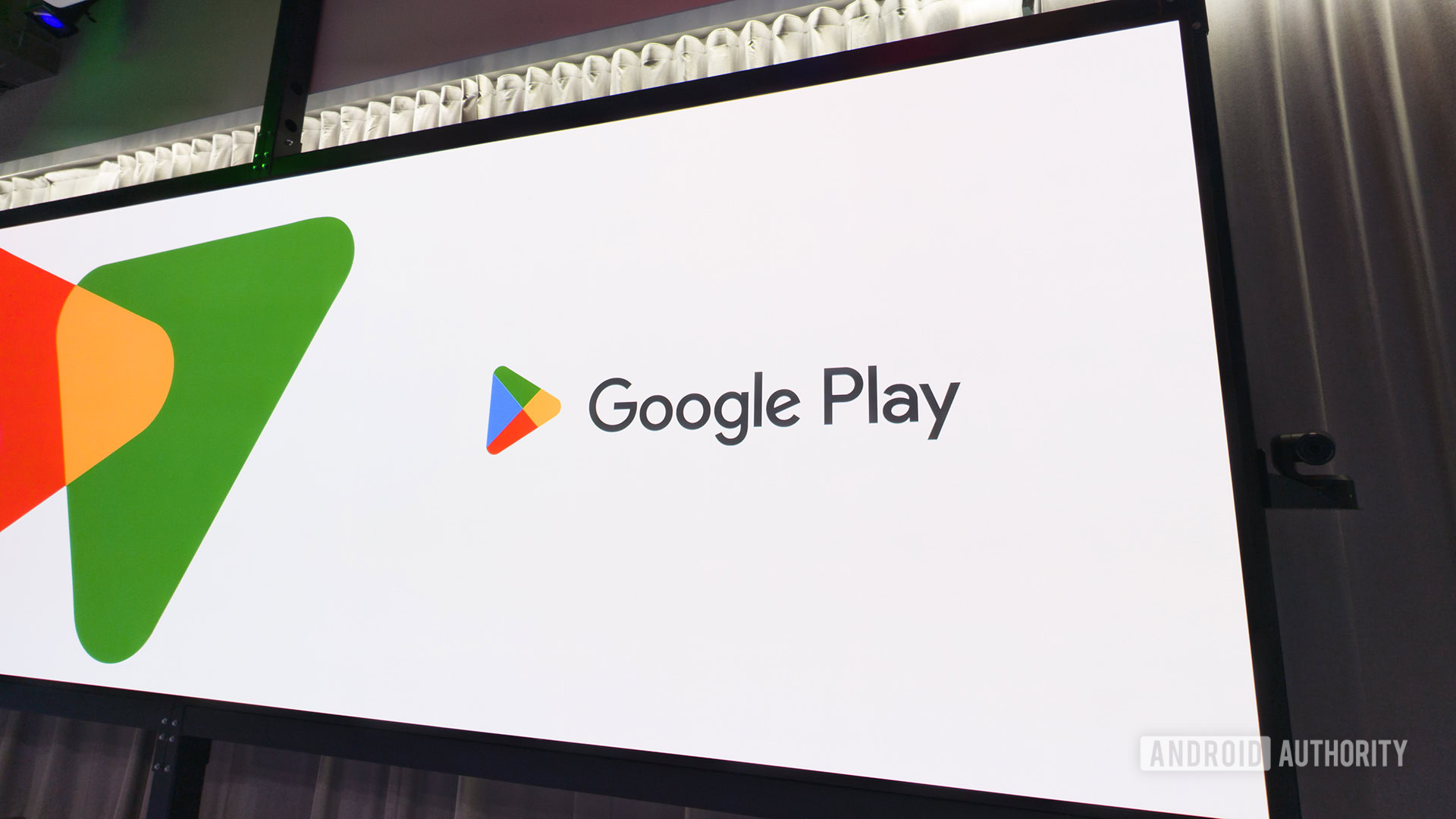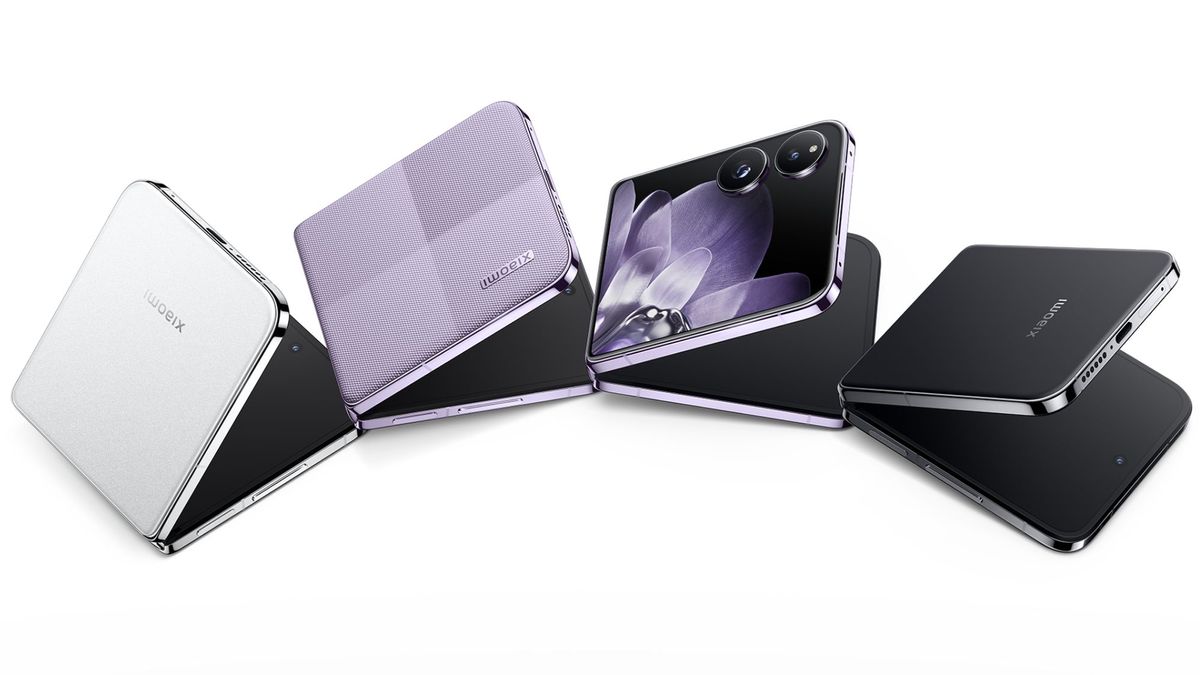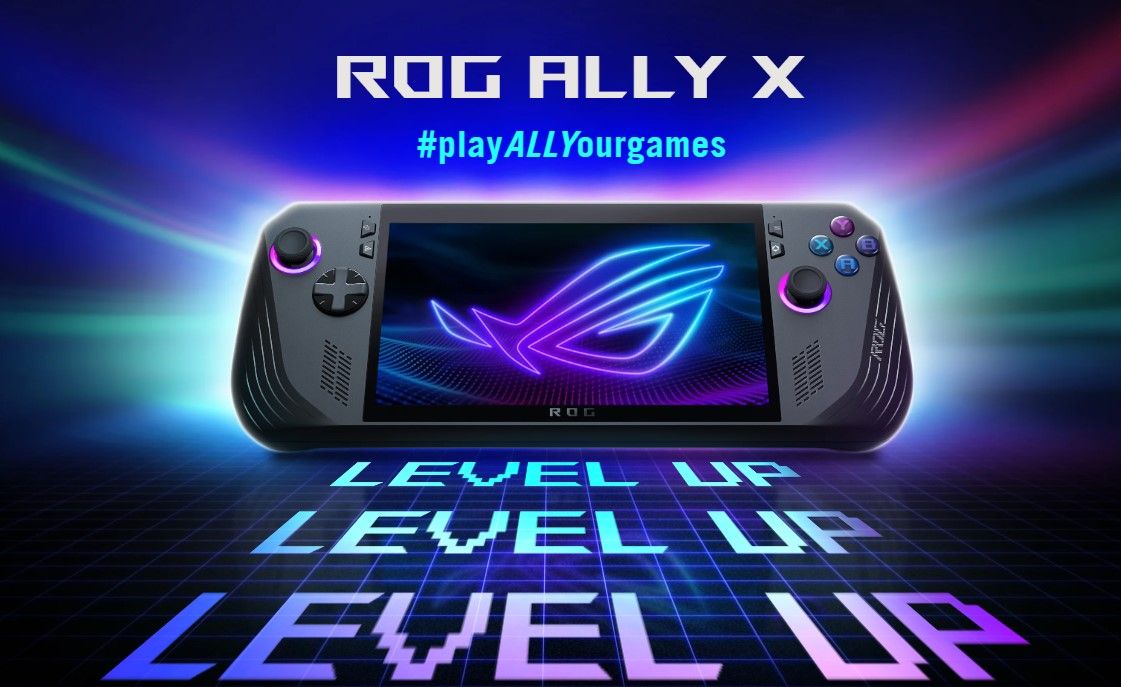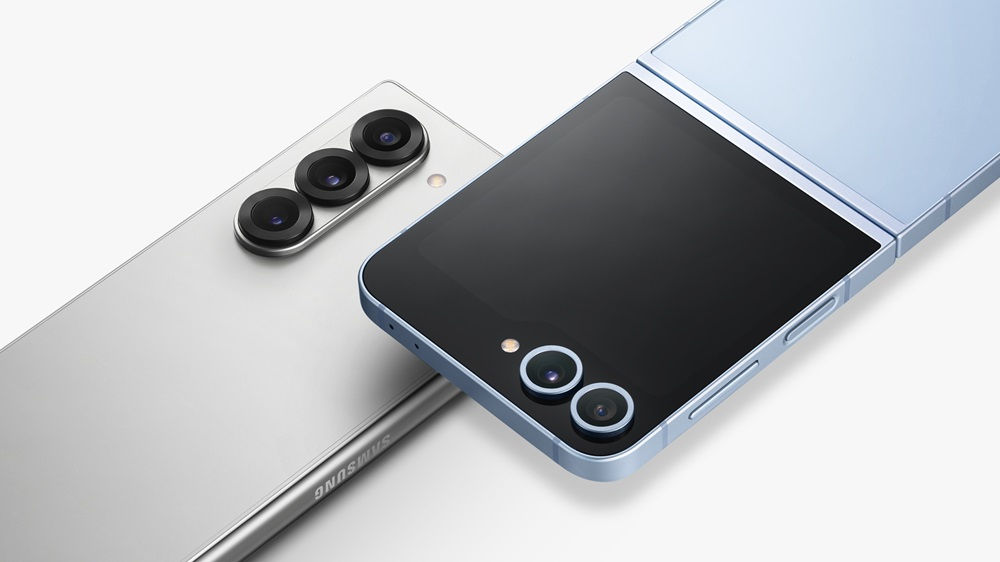
It took a long time, but AMD has just updated its FreeSync adaptive sync technology requirements, and it was a much-needed change. Previously, the base tier of FreeSync didn’t have any refresh rate requirements that monitors had to meet. Now, AMD didn’t just add a requirement, but it’s pretty massive — and that’s great news for the future of gaming monitors.
When AMD first introduced FreeSync in 2015, the vast majority of gamers and casual users alike were using a 60Hz monitor. While screens with higher refresh rates existed, they were a rarity. That’s no longer the case today, and almost all of the top monitors, regardless of their price, offer refresh rates of over 120Hz.
Displays with lower refresh rates are still being made and sold widely, but you can usually find an alternative that offers 144Hz or more, provided we’re not talking about massive 4K ultrawide monitors.
In its blog post, AMD notes the shift in the market that took place in the last nine years, and it announces the new requirements for FreeSync, FreeSync Premium, and FreeSync Premium Pro.
| Laptops | Monitors and TVs | |
| FreeSync | Max. refresh rate: 40-60Hz | 144Hz |
| FreeSync Premium | Max. refresh rate: > 120 Hz | 200 Hz > 3,440 Horizontal resolution: Max. refresh rate: > 120 Hz |
| FreeSync Premium Pro | The same as FreeSync Premium, plus AMD FreeSync HDR | The same as FreeSync Premium, plus AMD FreeSync HDR |
Let’s review the new requirements. For starters, the basic FreeSync asks for 40-60Hz variable refresh rates from laptops, but monitors with a horizontal resolution of fewer than 3440 pixels (so 1080p and 2K monitors) must now have a refresh rate of at least 144Hz or higher. This is a major improvement from before when FreeSync didn’t have a minimum refresh rate that monitors had to offer.
The midrange FreeSync Premium kicks things up a notch. Laptops must now have a refresh rate of at least 120Hz, while displays under 3,440 horizontal pixels need to offer over 200Hz. Meanwhile, high-resolution monitors, such as 4K or ultrawides, will need to have at least 120Hz in order to qualify. The final FreeSync Premium Pro has the same refresh rate spec as the previous tier but adds the requirement that the monitor needs to support AMD FreeSync HDR.
AMD’s new requirements are a good reflection of where monitors (especially gaming monitors) are at right now. It’s true that not everyone needs a 144Hz (or higher) display, but there’s almost no reason to buy one that has lower refresh rates unless it’s significantly cheaper.
While all those 60-75Hz monitors still have their place and will continue to be made, they will no longer receive FreeSync support, and that’s a good change.
Editors’ Recommendations
- AMD finally has a strategy to beat Nvidia’s DLSS
- AMD is taking the gloves off in the AI arms race
- Nvidia gave AMD’s RX 7800 XT a free win
- Nvidia RTX 4070 Ti vs. AMD RX 7900 XT: Two odd choices for your next GPU
- Alienware’s second QD-OLED monitor is even cheaper than the original

Monica is a UK-based freelance writer and self-proclaimed geek. A firm believer in the “PC building is just like expensive…
Intel Arc is finally here, and it’s cheaper than AMD and Nvidia
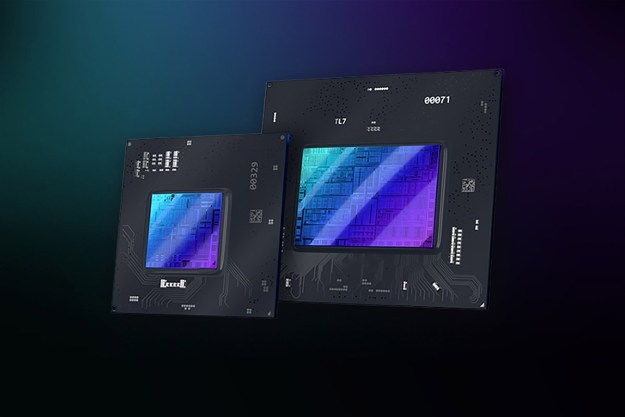
Today marks a huge step in the history of Intel Arc — the first discrete Arc GPU is now available for backorder. The entry-level Arc A380 showed up on Newegg, priced well below similar offerings from Nvidia and AMD.
The version of the card that appeared on the U.S. market is one we haven’t seen before. Is it actually worth buying?
Next-gen AMD and Nvidia GPUs just moved one step closer to launch
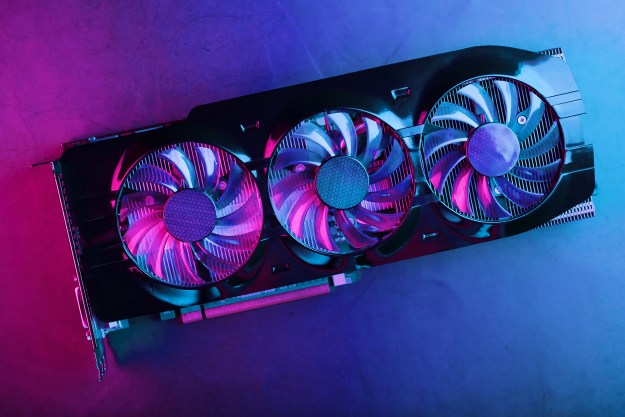
The upcoming next-gen Nvidia and AMD graphics cards have just been registered at the Eurasian Economic Commission (EEC), bringing them one step closer to launch.
Although this doesn’t mean that all of the listed GPUs will launch this year (or at all), it does give us some insight into the exact models that AMD and Nvidia may be readying for their new lineups. There’s also a hidden surprise that shows Nvidia may not be quite done with the RTX 30-series GPUs just yet.
AMD, Nvidia, and Intel all get rumored next-gen release dates

The next few months are undoubtedly going to be an exciting time in the PC hardware arena. With three of the market’s biggest brands — Intel, AMD, and Nvidia — all set to release the next generations of graphics cards and processors, we’re about to witness a real battle of the titans.
The rumor mill has already been buzzing with speculation about the upcoming AMD Ryzen 7000, AMD RDNA 3, Intel Raptor Lake, and Nvidia RTX 40-series. Now, new leaks give us a bit of a clue as to the release dates and some of the prices of these products.
[ For more curated Computing news, check out the main news page here]
The post AMD is finally taking FreeSync to the next level | Digital Trends first appeared on www.digitaltrends.com




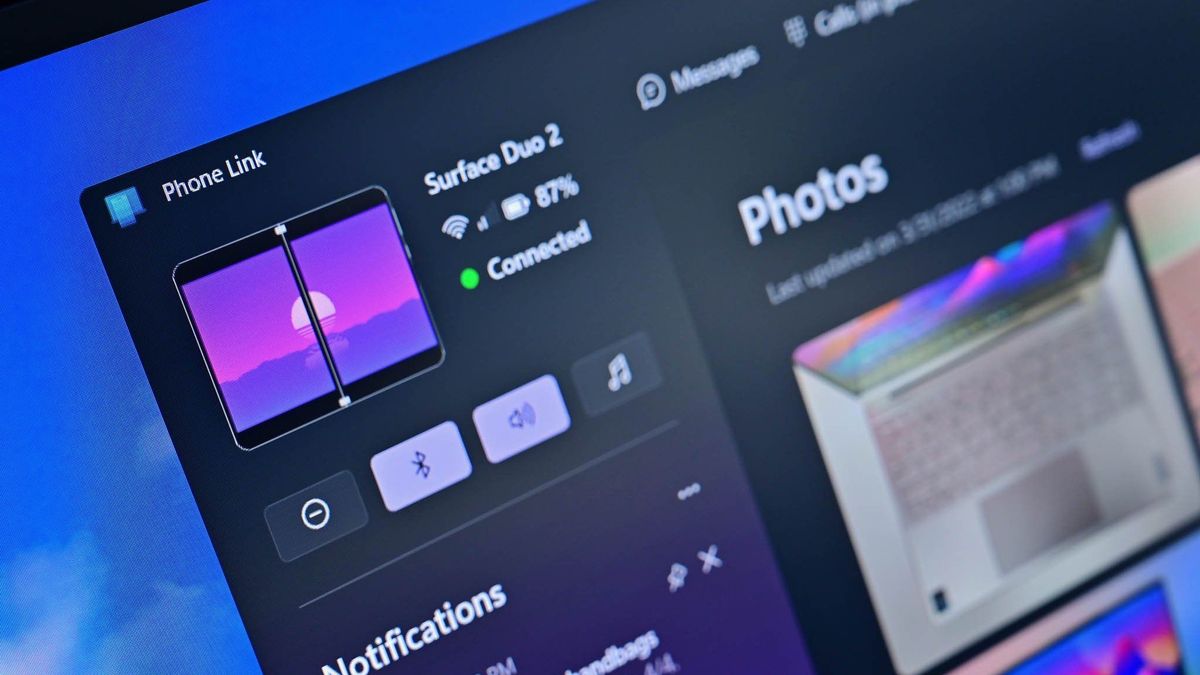

/cdn.vox-cdn.com/uploads/chorus_asset/file/25546355/intel_13900k_tomwarren__2_.jpg)


